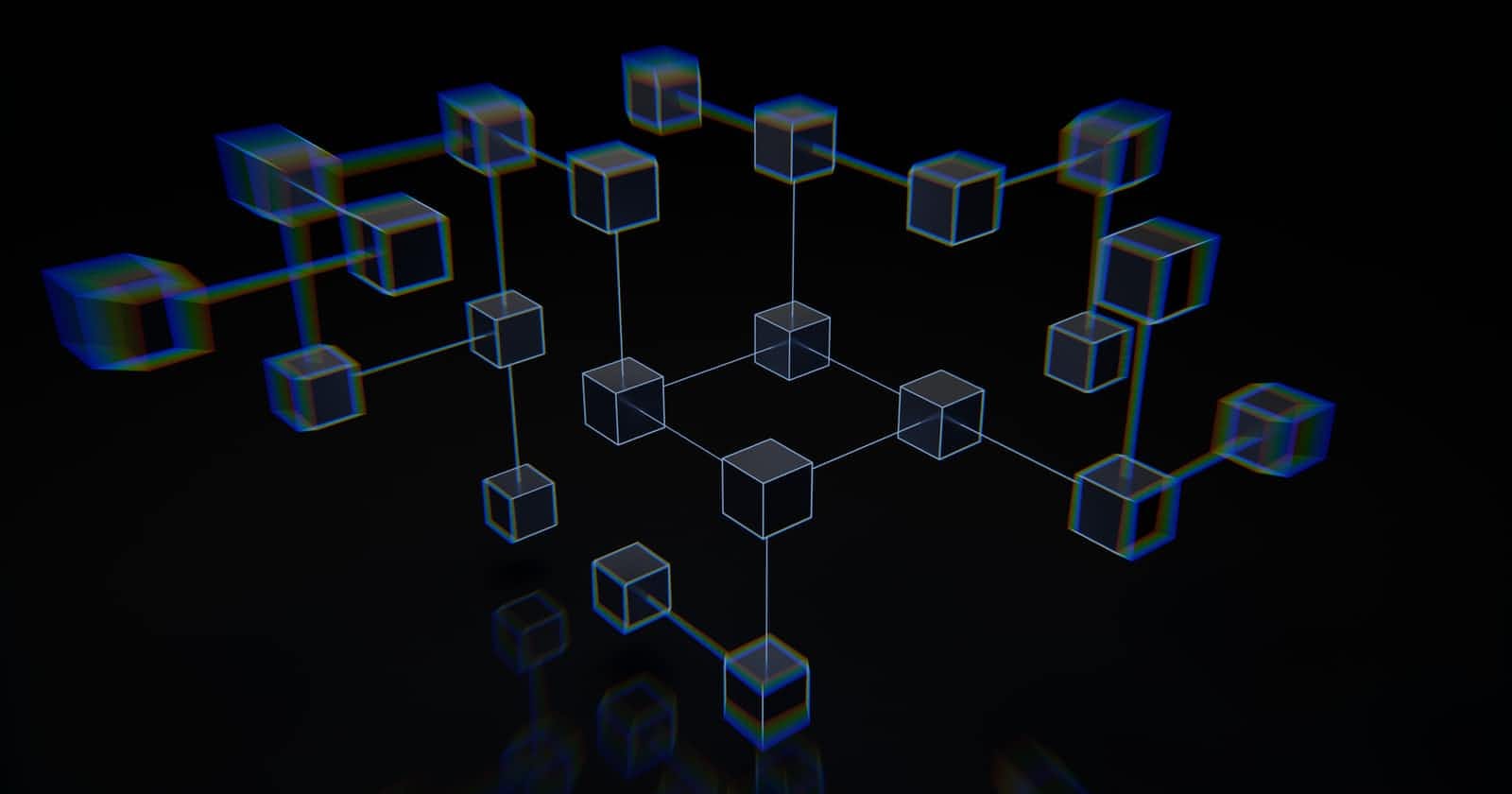Proof of Work (PoW) is a type of Consensus Mechanism on the blockchain network. Consensus simply put, means agreement between nodes in a distributed system.
Proof-of-Work (PoW) is the algorithm that secures many cryptocurrencies, including Bitcoin and Ethereum. More specifically PoW solves the problem of "double-spending". If users on the blockchain network double-spend their coins, this inflates the overall supply, debasing everyone else's coins and making the currency unpredictable and worthless.
HOW PROOF-OF-WORK WORKS?
Proof of Work (PoW) is a necessary part of adding new blocks to the bitcoin or ethereum blockchain. Blocks are enabled by miners, the players in the blockchain ecosystem who execute PoW.
A new block is added to the network each time a miner comes up with a new winning proof-of-work which happens roughly every 10 minutes. Coming up with this particular winning proof-of-work is so difficult that the only way to win a token is with expensive, specialized computers. This is more like playing around with algorithms that gets you the matching phrase or password. Miners only get to earn tokens after they must have guessed a matching computation.
But Proof of Work (PoW) has its drawbacks such as high energy use which becomes a major problem as more miners join the hunt for tokens. Another drawback is that if one mining entity is able to accumulate 51% of Bitcoin's mining hash rate, it can inevitably lead to double-spending coins and blocking transactions.
CONCLUSION
Proof of Work (PoW) is somewhat flawed when it comes to mining in the blockchain ecosystem. This is because in a way it defeats the essence of decentralization, with just three mining pools controlling almost 50% of Bitcoin's computational power.

